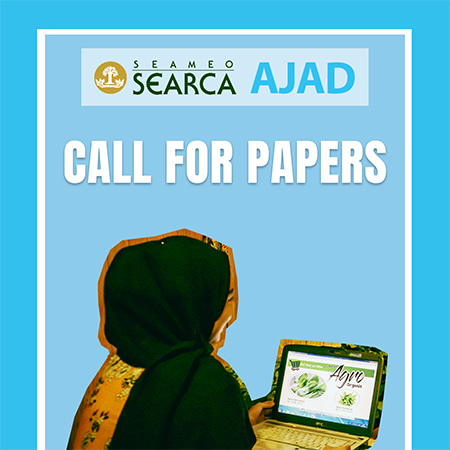- Paperback 1908-6164
- e-ISSN 2599-3895
The study focused on the management practices of raisers and themorphological characterization of indigenous (native) chickens in Samar province. A total of 330 respondents from the two districtsof Samar were interviewed using a structured questionnaire.
Chickens were kept on free range without shelter and fed withnaturally occurring feed materials. Very minimal input in terms of feed supplementation, health care, breeding and selection, housing, and otherforms of intervention to improve production was observed.
Chickens were raised for home consumption and sold to earn ready cash for the family, particularly during school enrollment. Eighty to ninety percent of the eggs produced were retained for incubation; the rest was sold to buyers and used for family consumption. For live chickens, 30 percent were sent to the market, 30 percent were consumed, and 30 percent were left in the farm for breeding.
In terms of morphological characteristics, most of the native chickens studied featured complete feather distribution with red plumage. Other dominant attributes included white skin, yellow shank without polydactyls, red earlobe, single comb, and red double wattles.
The five problems usually encountered by the native chicken raisers included the advent of diseases due to the unpredictable climatic conditionsin the province, pilferage by other members of the community, limited feed supply, predation, and poor transportation in the countryside. To counter some of these issues, farmer respondents identified solutions such asfinancial support and access to production and management informationthrough training and seminars.
Download for free
PDF format in this language: English


